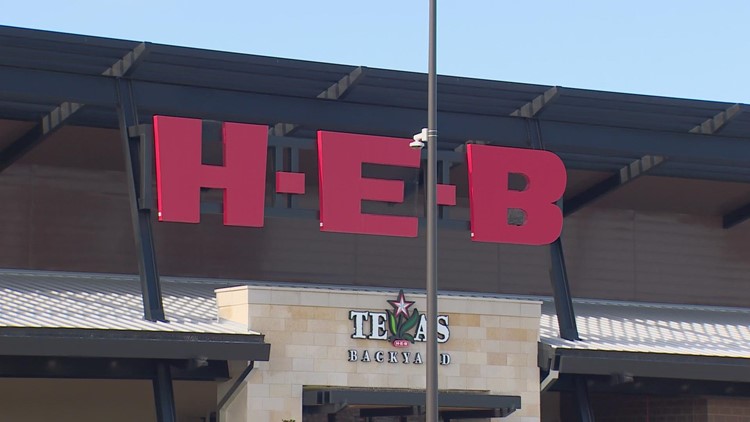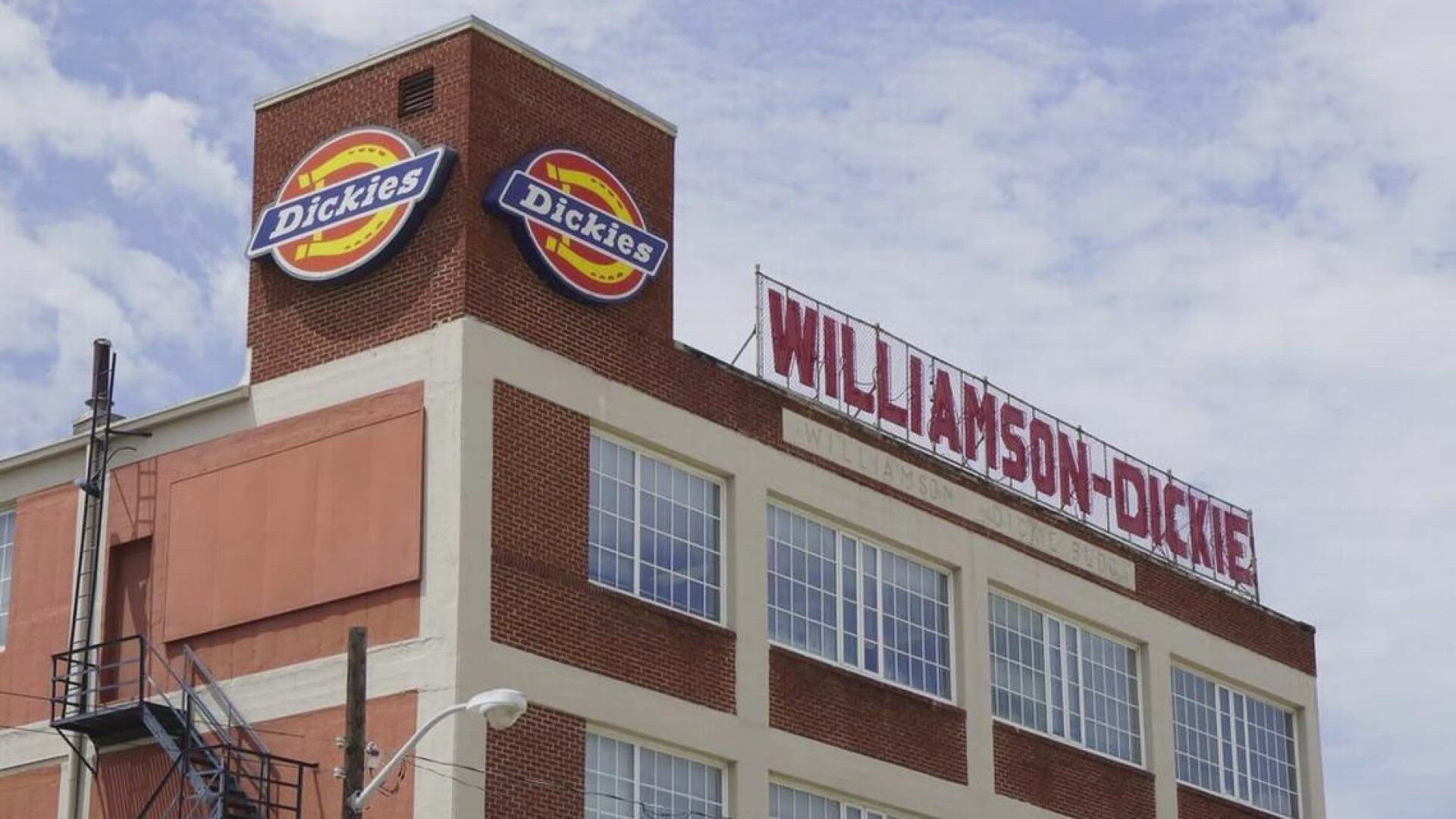DALLAS — H-E-B is a grocery store synonymous with Texas, but only in recent years has the chain started expansion into the DFW metroplex.
With Wednesday's ribbon-cutting ceremony celebrating the grocer's newest store in Mansfield, Texas, and at least nine more stores on the way in the coming years, let's take a look back at the 119-year history of Texas' beloved grocery store chain.
Who is the founder of H-E-B?
Many know that H-E-B stands for Howard E. Butt, the man who is is largely credited with founding the grocery store chain. But, contrary to popular belief, it was Howard's mother Florence Butt who opened the first H-E-B location.
Florence Butt was born in Buena Vista, Mississippi, in 1864. She later married a pharmacist named Clarence C. Butt, and together they had three sons.
The family lived in Memphis, Tennessee, until 1904, when Clarence Butt contracted tuberculosis. In the wake of his diagnosis, the Butt's uprooted their Tennessee ties and moved to San Antonio in hopes that a drier climate would help Clarence's ailment. After a year, the family picked up and moved again, this time heading to Kerrville, Texas.
In 1905, with her husband unable to work, Florence Butt put together $60 of grocery stock and opened the C.C. Butt Grocery in the ground floor of her family's Kerrville home.
She operated the store until 1919, when her son Howard took over operations.
When did H-E-B become H-E-B?
As a child, Howard Butt helped his mother deliver groceries to customers in a wagon. Through high school, he even helped manage the family store. But after graduating in 1914, he set his sights elsewhere -- to the Golden State.
Butt hitchhiked his way to California, where he found himself harvesting grapes. His stay on the West Coast was short, however, as he soon enlisted in the Navy to serve in World War I. Before enlisting, he gave himself the middle name Edward.
Butt returned home from his service to finally take over the family business in 1919. Back in Kerrville, he and his mother managed the family store together, and eventually made the business model switch to a self-service grocery store in 1921. (Prior to Piggly Wiggly's opening in Memphis in 1916, most grocery stores -- including C.C. Butt Grocery -- operated on a "charge and deliver" system.)
1926 marked the first expansion of the family store as they opened a second location opening in Del Rio in South Texas. From there, the chain kept growing.
In 1928, Butt borrowed $38,000 -- nearly $800,000 in today's money -- to open three more stores in the Rio Grande Valley near the U.S. Mexico border.
The chain rapidly expanded from there, entering Corpus Christi, Austin and San Antonio within 11 years. Around that time, the company's headquarters was moved to Corpus Christi.
In 1935, Butt changed the company name to H.E. Butt Grocery.
By 1946, he'd finally, and formally, shortened it to H-E-B.
From grocery store to supermarket
In 1952, H-E-B adapted to the curve, opening its first "supermarket." At the time, a place where shoppers could have their baker, butcher and pharmacist all in the same place was something of a novelty.
With that change, H-E-B quickly developed into the largest grocer in South and Central Texas.
In 1985, the chain officially moved its headquarters to San Antonio, where it remains to this day.
In 1997, H-E-B opened its first store outside of the U.S. in Monterrey, Mexico. Today, the chain operates more than 50 stores south of the border, even crossing $1 billion in annual sales in Mexico in 2012.
Money, money, money
Today, H-E-B operates more than 420 stores across Texas and Mexico.
Not all of those stores are H-E-Bs, though.
The chain actually operates five different brands: H-E-B stores, H-E-B Plus, Central Market, Mi Tienda and Joe V's Smart Shop. All of the stores cater to different markets.
H-E-B Plus stores operate like a modern superstore, offering electronics and other non-traditional items on top of supermarket goods.
Central Markets typically cater to more upper-end shoppers who are willing to splurge on higher-quality ingredients.
Mi Tienda provides shoppers a traditional Mexican grocery experience, with fresh tortillas and pan dulces made daily in house.
Joe V's Smart Shop, meanwhile, offers a budget-friendly shopping experience with lower-cost ingredients.
According to Forbes, H-E-B raked in $43.6 billion in 2023. That makes H-E-B the fifth-largest privately-held company in the U.S. (Just two spots ahead of them is another regionally-significant grocery store: Publix.)
Forbes also reports that the Butt family is the 20th richest family in the country, thanks to the fact that they still own an estimated 90% stake in the grocery chain.
Their wealth, one figures, is only likely to grow. After 119 years in Texas, H-E-B only recently started its expansion into Dallas-Fort Worth. The U.S. Census Bureau estimates DFW has a population of 8.1 million, making it the most populous metro region in Texas, and the fastest-growing in the country.
There is real hype among North Texans as H-E-B continues making its foray into the region, too. If the Texas-based grocer gets any significant slice of the market share in DFW, a top-three ranking for wealthiest private companies could soon be in its grasp.



